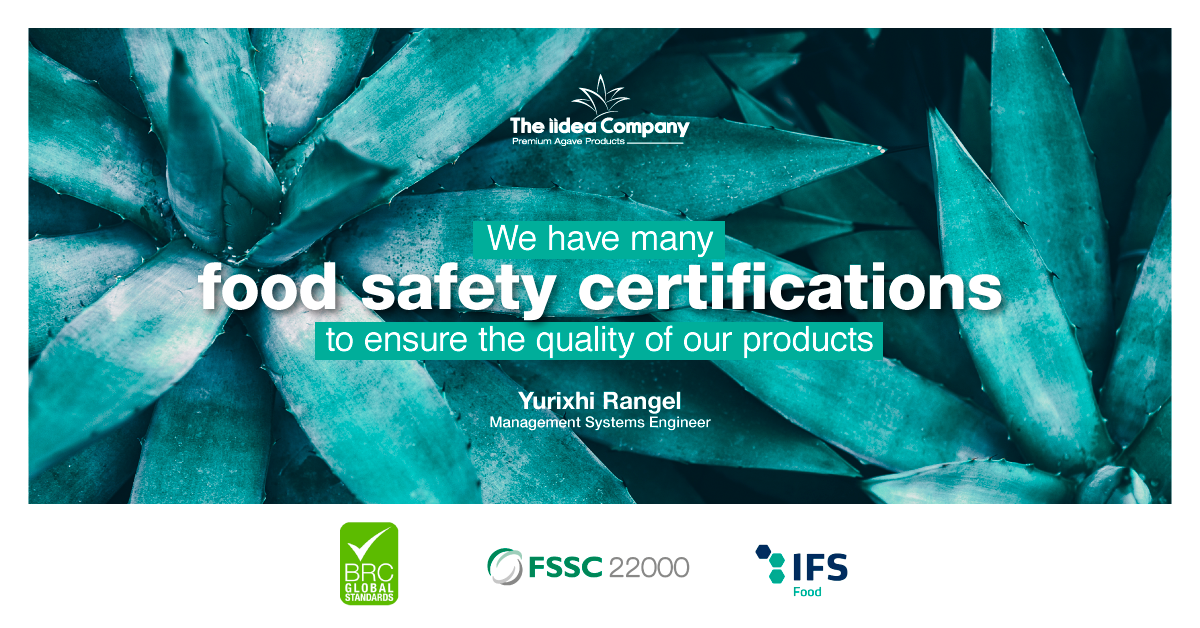For many consumers, one of the aspects to trust in food is the information contained on the to-be-purchased product’s label; approximately 56% of people say they are confident that what they buy is exactly what is mentioned on the label.In addition to highlighting the complexity of the supply chain in the food industry, the horsemeat scandal made many consumers aware, probably for the first time, of Food Fraud (January 2013)
Food Fraud it’s defined as “the substitution, addition or intentional dilution of a food, raw material or the falsification of a product or material, with the purpose of a financial gain, by the increase of the apparent value or by the reduction of costs in its production (BRC V7 Food) “; it is estimated that food fraud will cost the world food industry between 30 and 40 billion dollars a year.Among the most adulterated products are olive oil, milk, honey, organic products, saffron, coffee, wine and fruit juices. The food safety controls under the IFS, BRC, FSSC22000 and other safety standards are based on an assessment of the vulnerability of the food to fraud, as well as establishing control measures and a plan to mitigate this type of acts.The fight against this type of acts is of vital importance, not only for the economic part of the products and brands that are in the market but for the health care of consumers.


